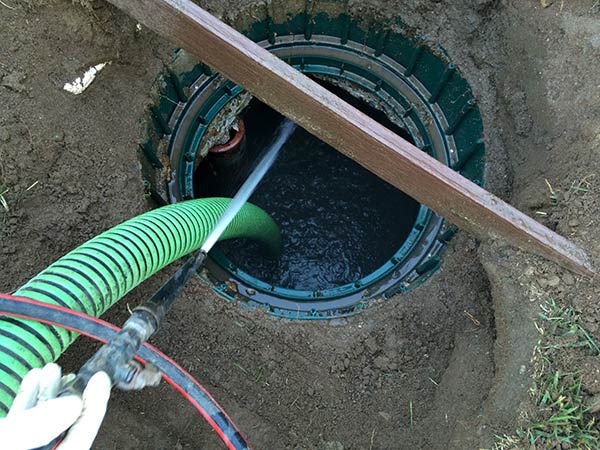These give an extremely unrefined technique for treating sewage for properties which are not associated with mains waste. Numerous septic tank frameworks all through the world are rarely kept up with thus do not work as expected and contamination control laws exist to attempt to restrict how much ecological and wellbeing hazards they cause. These laws get more tight, and least norms have been set up for new or substitution septic frameworks Much of the time you should introduce a sewage treatment plant framework all things considered. Continuously have the sewage framework looked at by a waste water framework master before buying a property to forestall a contamination issue.

Sorts of Septic Tank Systems Available
There are different sorts of septic tank frameworks. They comprise of an underground septic tank in varying shapes and sizes, which then, at that point, interfaces with an optional soil treatment framework, normally a land waste framework as a soakaway or drain field, or a hill soakaway.
How a Septic Tank functions
Crude sewage and waste water from showers, kitchens, and so on releases into the tank, where the solids are isolated from the fluid waste Fats and oils float to the highest point of the tank and structure a hull layer. Excrement and food scraps sink to the lower part of the tank and structure an ooze layer. Anerobic microscopic organisms which are normal colonizers in the tank digest this ooze by up to 70%.
The grimy septic water streams out of the tank to a soakaway or drain field. Perplexes or ‘T’ pipes in the tank keep down the drifting outside and keep it from entering the power source of the tank. All together that the ooze and outside layers do not turn out to be too profound, septic tanks ought to be exhausted every year. This likewise forestalls an increasingly high convergence of suspended solids cleaning out into the soakaway. Solids can impede the air spaces in the dirt aerobic septic system framework, making a waste issue and the septic tank emanating cannot splash away or be treated by the regular soil microscopic organisms.
Varieties in Septic Tank frameworks
Conventional septic tanks include two rectangular chambers: the first being 2/3 of the entire and the subsequent 1/3, normally implicit block or cement. Severe plan rules are set up and septic tanks should be planned as per BS 6297 1983. The delta pipe into the main chamber closes in a ‘T’ pipe which goes down the essentially 450mm 18 beneath top water level TWL, and the chamber should be at least 1500mm 5′- 0 profound from TWL. This first stage chamber is generally two times the length it is wide. The line from the initial chamber into the subsequent chamber comprises of an ‘H’ pipe and the lower part of the line is a min. of 300mm 12 underneath TWL in the primary chamber and 450mm 18 beneath top water level TWL when it enters the second chamber.
